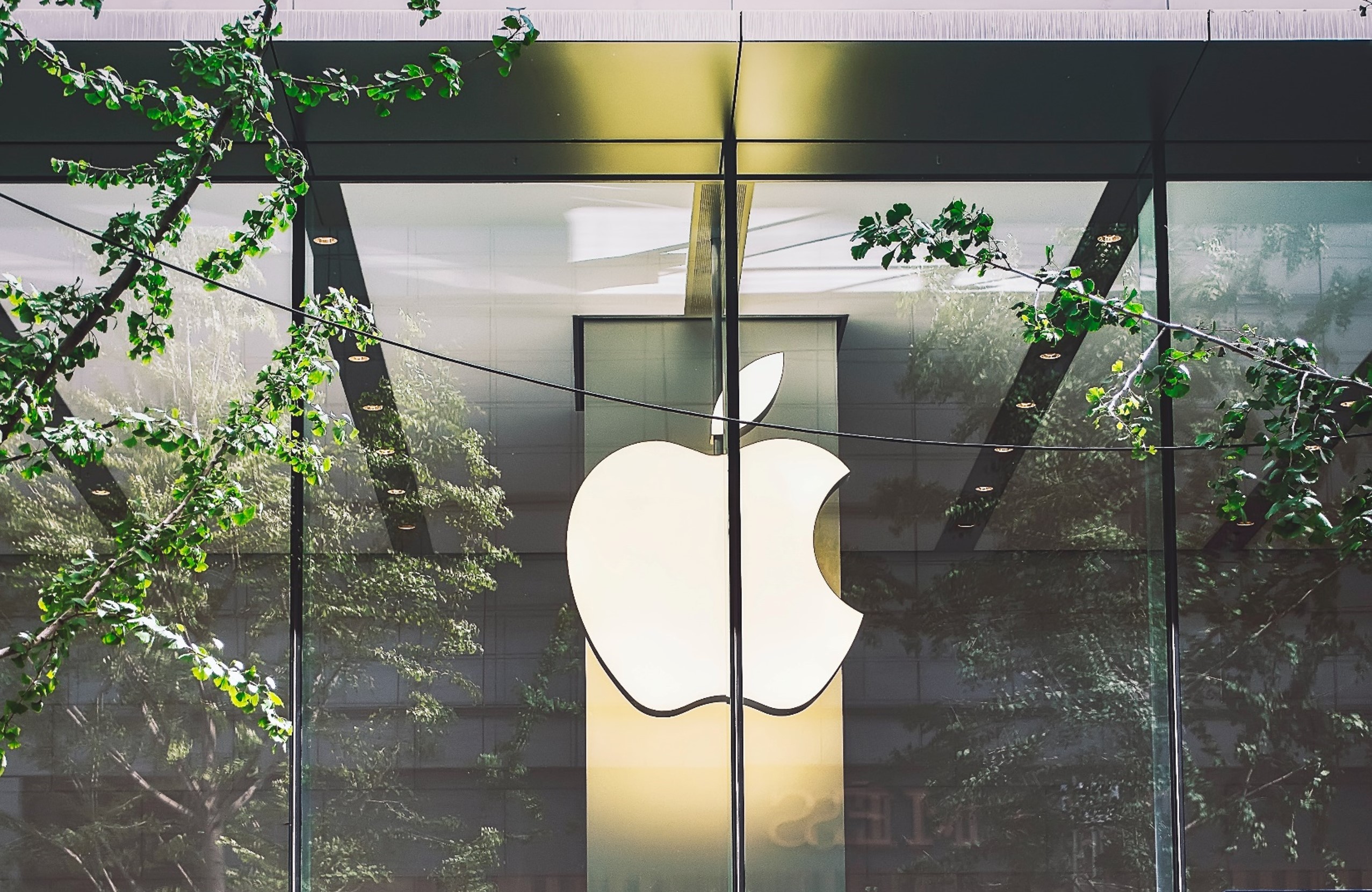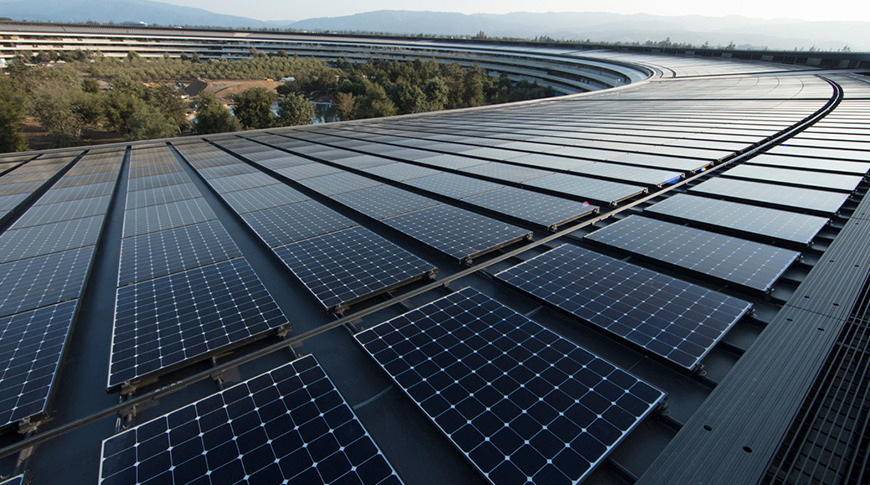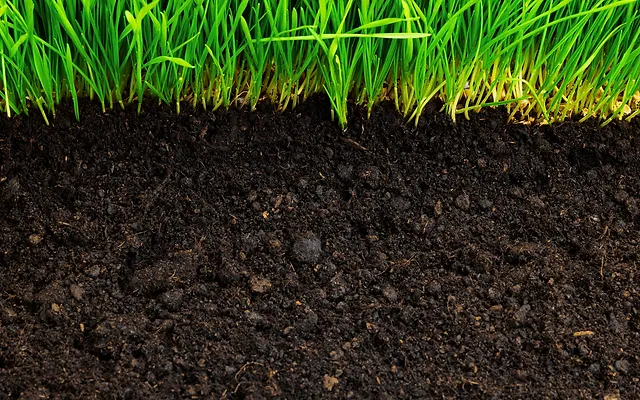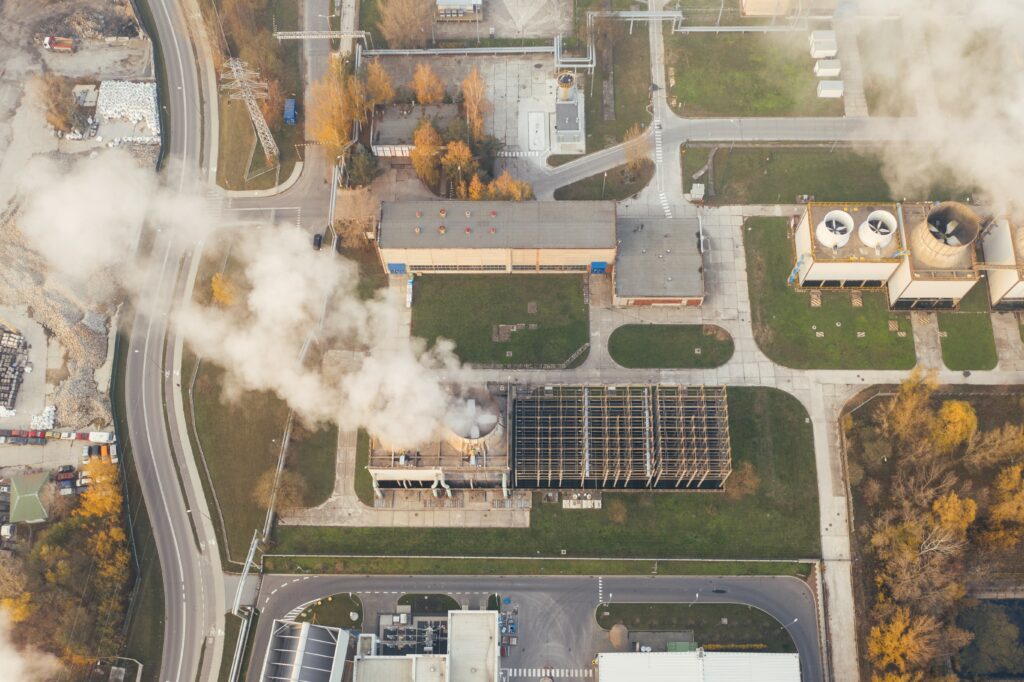Apple’s Sustainability: The Good & The Bad
We rate Apple a 6.5/16 on their social and environmental impact. Let’s talk about it!
June 22, 2023

“Good for you. Good for the planet.” For years, Apple has been shouting from the rooftops about their sustainability initiatives, with climate commitments that leave their competitors in the dust. But is Apple’s sustainability all talk?
On Karma Wallet, we rate Apple’s sustainability an 6.5/16, evaluated on 14 United Nations Sustainable Development Goals.
The sector average for other hardware companies is just 3.81… so Apple is definitely doing a few things right. From aggressive climate commitments, to e-waste controversy, join us as we dive into how this tech-giant impacts our planet (and the people on it).
The Good
Climate Commitments
In 2020, Apple announced that they will be 100% carbon neutral by 2030.
This is a strong commitment that few competitors have been able to make. To date, 250 of their suppliers (over 85% of their direct manufacturing spend) have committed to using 100% renewable electricity for Apple product production.
They’re also prioritizing low-carbon shipping methods, like rail, ocean, and electric vehicles – as opposed to fossil-fuel based auto shipping. They tested this with the shipping of their HomePod (2nd gen), and found an 80% reduction in shipping emissions!
To lower the carbon footprint of Apple products used worldwide, they’re increasing their energy efficiency. They’ve seen a 70% reduction in average product energy use since 2008.
While they are prioritizing reduction of their carbon footprint, they acknowledge some emissions are unavoidable.
They offset remaining carbon emissions through “high-quality carbon removal projects that help restore ecosystems and support local communities.”
Sustainable Materials
By 2030, every Apple product will be made with clean energy and a percentage of recycled or renewable materials. In 2022, 20% of all materials shipped in products came from recycled sources.
They also offer e-waste recycling programs, where their robots (named Daisy, Dave, and Taz) take apart devices to recover reusable materials like gold, cobalt, tungsten, and rare earth elements. In 2022, over 40,000 metric tons of electronic scrap was directed to recycling.
The Bad
Planned Obsolescence & Repairability
Every September, Apple comes out with a new iPhone – and millions of people worldwide swap their perfectly functional iPhone for the new model.
Other users complain that their products are designed with a limited lifespan, so that they are forced to upgrade or trade-in their phone after a short period of time.
While Apple does have a trade-in program that allows users to trade-in their phone and upgrade to the new model, while recycling or re-selling their original phone, it does not fully combat the e-waste generated by their business model.
Creating long-lasting, durable products that can be repaired instead of replaced would reduce e-waste and utilize less raw materials.
Single-Use Packaging
Every Apple product comes with a ton of single-use packaging.
While they have reduced the amount of packaging – 75% less single-use packaging plastic in 2022 compared to 2015 – you’ll find that every product has tons of wrappers, films, boxes, and bags included with it.
They also have faced controversy for not including chargers in their iPhone Model 12 and beyond, forcing users to purchase additional products and packaging, as well as changing their charging cable and removing the headphone jack.
A new law in the UK will require Apple to change the charger on the iPhone by 2024 to a standardized USB-C charger instead of their lightning cable – which will help reduce e-waste.

Supply Chain
While Apple has committed to making its entire supply chain carbon neutral by 2030, it still faces challenges in managing its suppliers’ environmental impact.
Many of Apple’s suppliers are based in China, which has a reputation for poor environmental practices and labor regulations.
Apple says that 70% of its carbon emissions come from manufacturing alone. Compare and Recycle estimates that iPhone manufacturing in 2022 alone generated 17 megatons of CO2 emissions.
Apple’s Sustainability
For a company of its size, Apple is making some awesome commitments.
But, their business model is simply not developed around sustainable consumption and a circular economy quite yet.
In the next 6 years, we’ll see how they approach their 2030 commitments. This includes tackling supplier carbon emissions, prioritizing e-waste recycling, and integrating more sustainable materials.
We rate Apple’s sustainability 6.5/16, with most of their points coming from Diversity & Inclusion and Community Welfare Initiatives. Check out their Karma Wallet Company Report Card below!


















